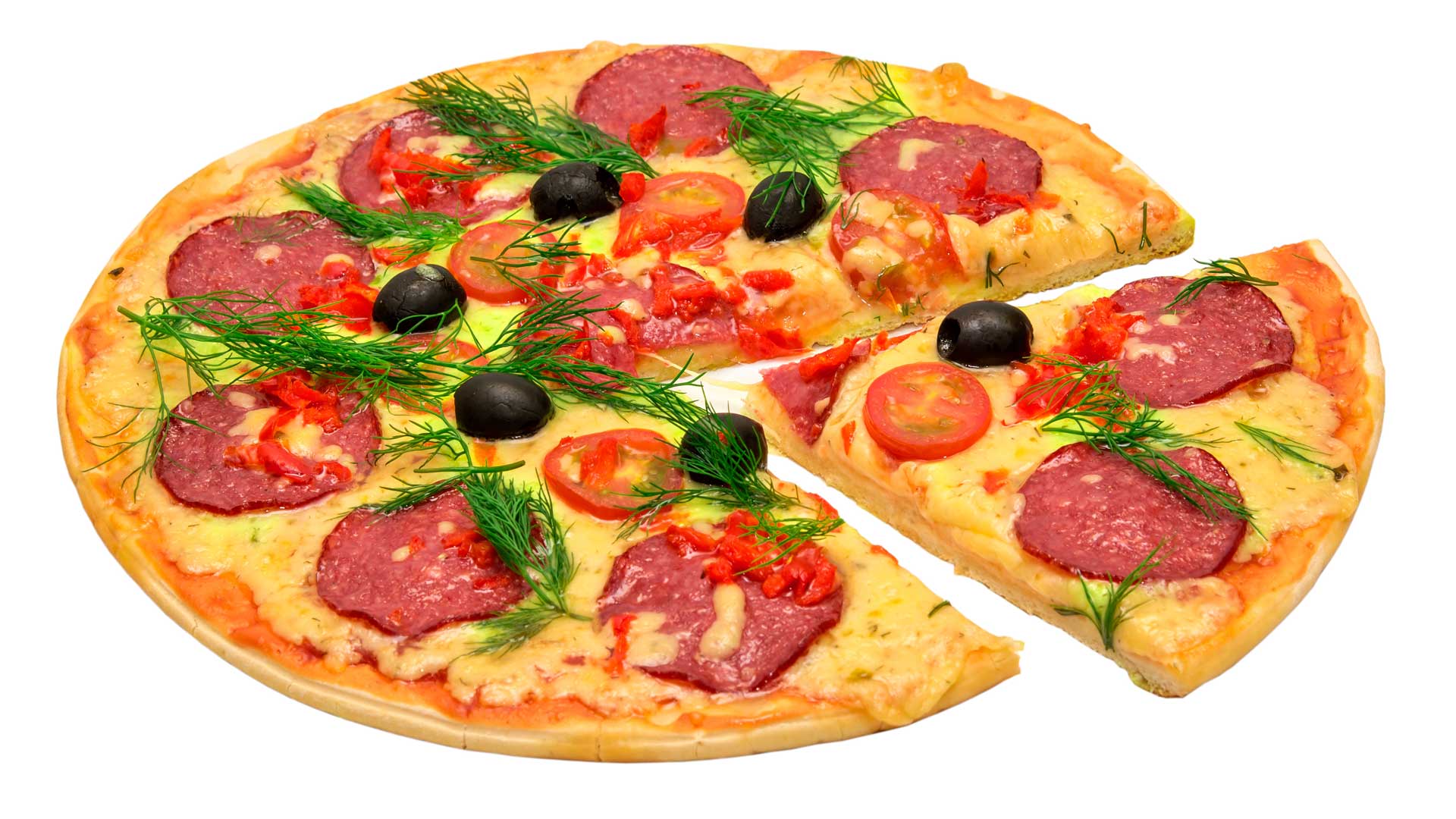The Pros and Cons of Home Delivery for Restaurants
If you’re old enough to remember when the only options for food delivery were pizza or Chinese food, you’ve witnessed the way that technology has impacted the restaurant industry.
Eating a restaurant meal used to mean actually eating in a restaurant, however, this has changed with the widespread adoption of on-demand delivery companies like Uber Eats, JustEat, and TillDirect leading to an estimated 20 percent rise in restaurant delivery orders in the past 5 years.
Millennials Are Biggest Users of Restaurant Delivery Apps
Not surprisingly, Millennials (consumers aged 21 to 36) lead the way when it comes to the use of delivery apps that bring restaurant meals to their home or office.
A study by The National Restaurant Association found that “nearly 75 percent of millennials prefer to utilize delivery service” over actually heading out for a meal at their local eatery.
Consumers Love the Convenience
Consumers have been quick to adopt food deliver apps, citing the convenience that comes with being able to have meals from their favourite restaurants without actually committing the time it takes to dine in.
Restaurant delivery has become a standard workplace perk in many professional settings such as tech industries, where working lunches are the norm.
For the most part, consumers who use delivery apps feel the added delivery fees represent a good value, given that they don’t pay the typical 15-20 percent server gratuity as they would when dining in.
Restaurants that use home delivery services often see an increase in sales and expand their customer base to reach consumers who might not have otherwise been aware of the restaurant or bothered to make the trip to the actual brick-and-mortar location for a meal.
High Costs to Restaurant Owners
While the rise in restaurant-delivery services may seem like a real win for the industry, many independent restaurateurs are finding that these third-party delivery services simply don’t deliver when it comes to profits and consumer satisfaction.
According to Michelle Gauthier, owner of Mulberry & Vine in New York City, “We know for a fact that as delivery increases, our profitability decreases”.
In fact, anywhere from 20 to 40 percent every food order that her restaurant delivers using one of the leading on-demand home delivery apps costs goes to the couriers and delivery platform companies, representing a significant loss in revenue.
Fees Of Up To 30 Percent Charged To Restaurant
Restaurants already operate with relatively slim profit margins, which means some restaurateurs simply can’t afford the expenses associated with services like GrubHub and PostMates, which usually charge both a percentage-based fee to the restaurant (which can vary from 5-30 percent) and a flat-rate delivery charge directly to the consumer.
Adding to the list of cons is the fact that many meals that are served in restaurants simply aren’t designed to be packaged up, loaded into a delivery bag, and carted blocks away to the customer.
Presentation and food quality can really suffer as a result, leading to reduced consumer satisfaction and damage to the reputation of the restaurant itself.
Striking a Balance
The jury is still out when it comes to the long-term effects of home delivery on the restaurant business. Home delivery involves added costs, lost alcohol sales, and a shift in the traditional business model – all reasons why some restaurant owners are reluctant to embrace on-demand delivery services.
On the other hand, partnering with a home delivery service can connect restaurants with a new target market – consumers who would otherwise never actually visit the bricks-and-mortar restaurant location.
Savvy restaurant owners can take advantage of diminishing brand loyalty among customers by promoting their products through a home delivery partner in order to grow sales and expand their reach.

